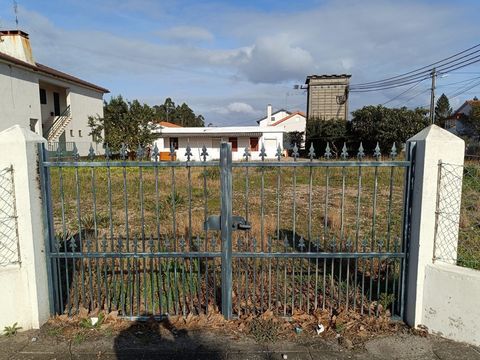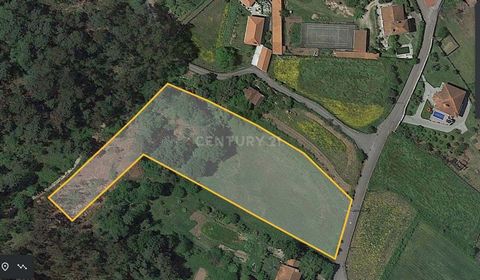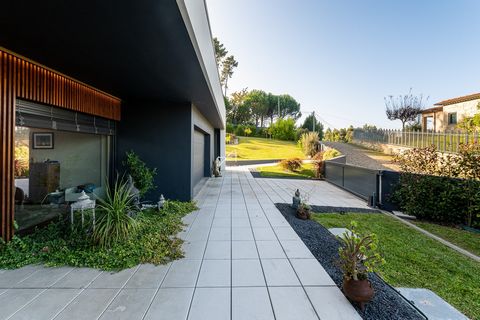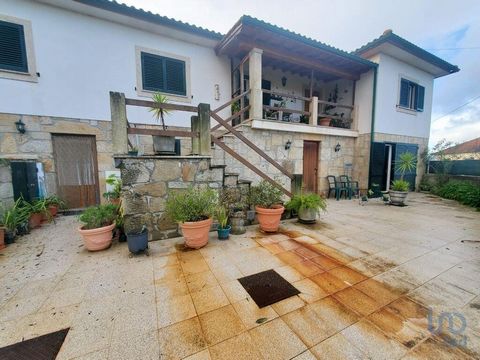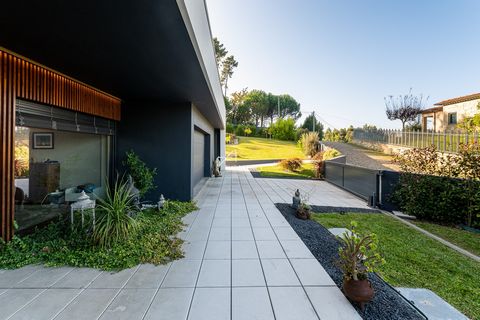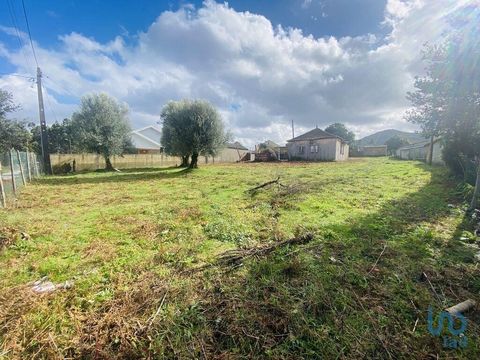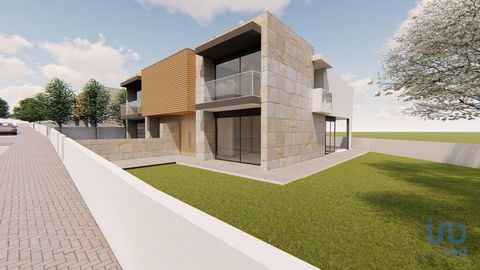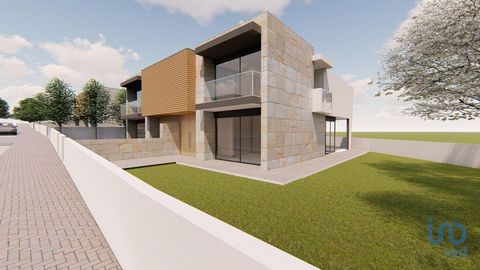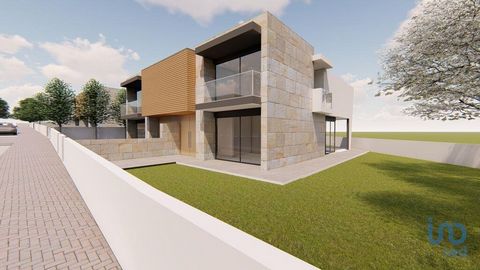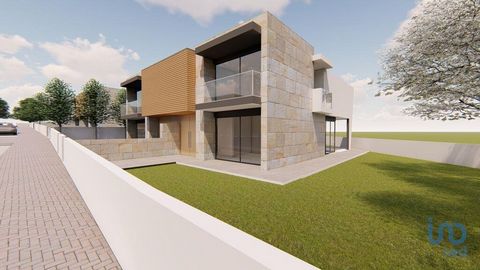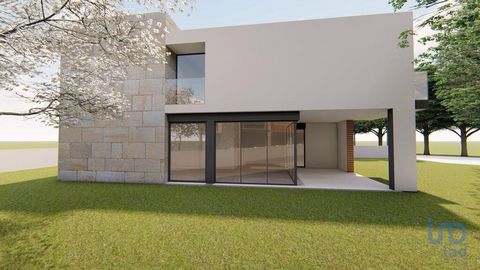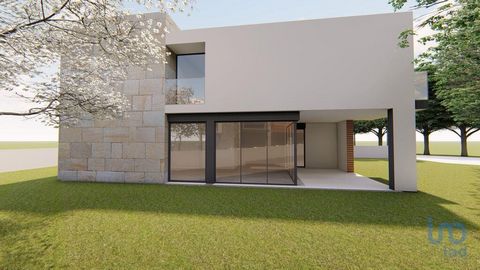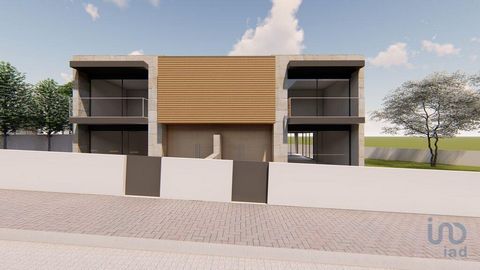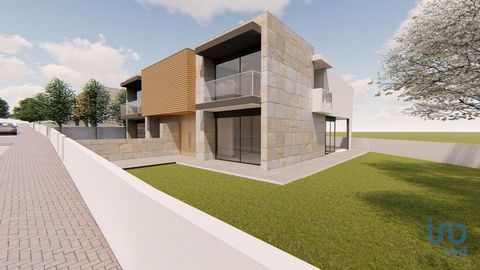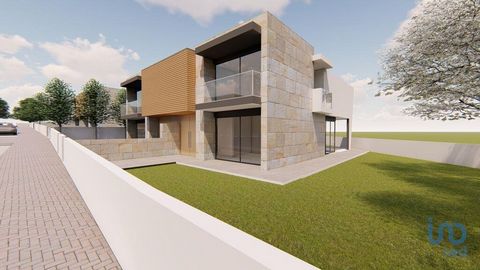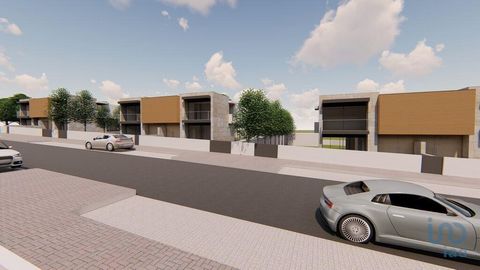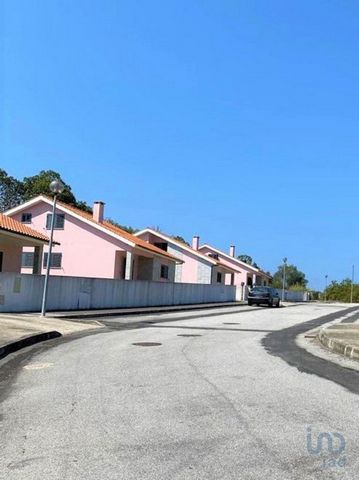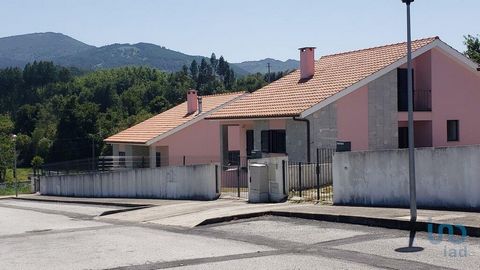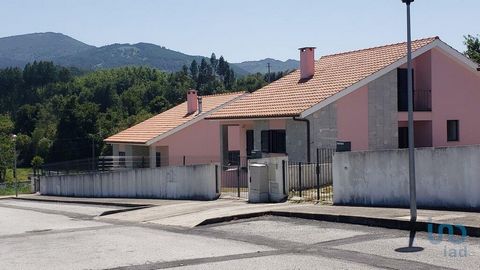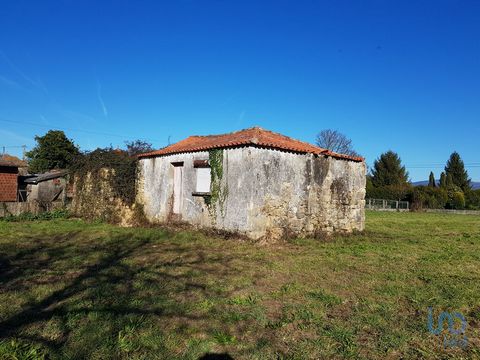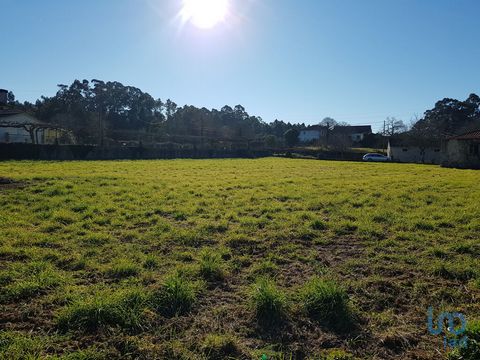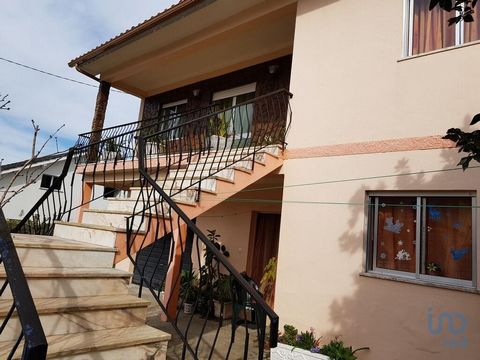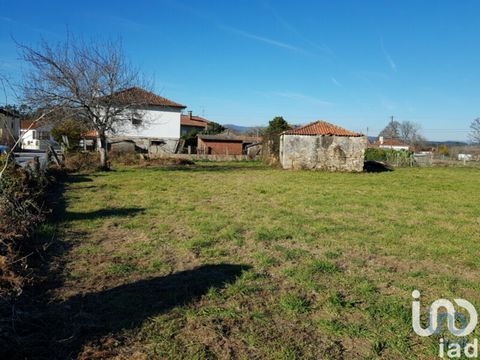Located in Nogueira (Vila Nova de Cerveira) and integrated into the nature of this area, we find a 3 bedroom villa with distinct characteristics just a few minutes from the beach, the Minho River, and the Galicia region in Spain. On a plot of 1,814 sqm, this 284 sqm villa was conceived and designed with a sustainable perspective to ensure maximum comfort and energy efficiency for residents. The villa's design and overall features include energy-efficient appliances and eco-friendly building materials, reducing your carbon footprint without compromising comfort. The house enjoys plenty of natural light due to windows from the renowned brand CORTIZO that go from the ceiling to the floor, all with automated blinds. To ensure temperature regulation throughout the year and especially during the winter, in addition to the light entering the house, the fireplace is also a hot spot for cold days, creating a warm and inviting environment. In the kitchen, sustainability is also ensured through state-of-the-art SIEMENS appliances with energy-efficient features and sustainable countertops. The 3+1 bedrooms include details that guarantee maximum comfort, from the built-in wardrobes, the private exit to the outdoor area, and the private bathroom with high-quality materials, from CORIAN stone to Italian tiles. The master bedroom also includes a walk-in closet. The villa also features solar panels, a 110 m deep private water well, advanced insulation, and efficient DAINKIN air renewal with heating and cooling systems that ensure balanced control over expenses throughout the year. There is also a state-of-the-art A-TOUCH system that helps to control the house easily through the mobile phone, highlighting the advanced alarm system and the Google Nest doorbell. Outside the villa, we also find a swimming pool with a waterfall, two well-kept and worked gardens, and a large space for outdoor dining and resting. For greater comfort, the property also has a garage for two cars with a drain inside for washing and charging electric vehicles. The main features gathered in this property are: - 3+1 Bedrooms | 5 Bathrooms - 284 sqm Living Area | 1,814 sqm Plot - Built-in 2021 with 5 years Warranty - Solar Panels | Private Water Borehole 110 m deep - ATOUCH smart home & advanced alarm systems & Google Nest doorbell - SIEMENS appliances & luxury finishes & hardwood floors - Floor-to-ceiling windows from the renowned CORTIZO brand that prevent the appearance of mold during the winter* - Renewal air circulation system with DAINKIN heating and cooling - Swimming pool with waterfall heated by solar panels - Cozy fireplace - Garage for two vehicles with charger for electric cars and drainage system to wash the interior - Spacious barbecue area - Two gardens with exotic fruit trees, berries, and fresh vegetables. It is in a strategic location and within easy reach of: - International airports: Vigo Airport (21.0 miles / 33.7 km), Porto Airport (48.0 miles / 77.3 km), Santiago de Compostela Airport (68.1 miles / 109.7 km), Vila Real Airport (70.1 miles / 112.9 km). - Schools: several in Cerveira or Viana do Castelo, international schools in Spain (25 minutes by car), Viana do Castelo and Porto. - Hospitals: Hospital da Luz (5 min), hospital in Viana do Castelo (25 min) - Activities: marina with boats, boat trips, kitesurfing, diving, spearfishing, local indoor pool, paddle tennis courts, football and basketball, gym, nightlife developed in nearby cities such as Caminha, Vigo, Sanxenxo, etc.
